This question is about understanding why it is implemented that way.
When looking at the HTML of e.g. HorizontalLayout, VerticalLayout, one can see they have a Shadow DOM inside which there is only a <slot>-Element containing the content.

As far as I understand, the purpose of Shadow DOMs is to limit the scope of the styling to the individual component, and <slot> offers the possibility to include components which have the global styling. So the Shadow DOM inside <vaadin-horizontal-layout> looks like it does nothing, as the local styles do not apply to the <slot>-content.
Assuming this is the most elegant solution, then what was the problem? What is the purpose of this construction? Is it using properties of the Shadow DOM that I am not aware of?